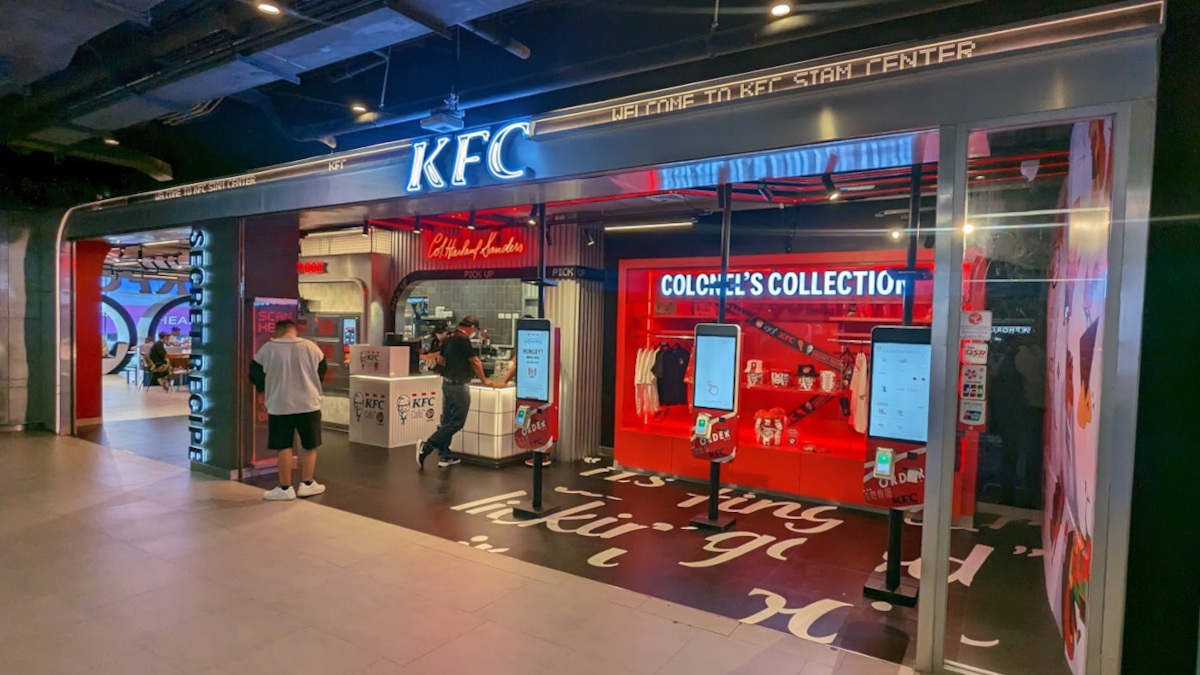Bangkok | Digital menu boards, order terminals, drive-thru screens – modern QSR concepts require digital signage screens. Not only in North America and Europe, but also in Asia, where personnel costs are often considerably cheaper. invidis spoke to signage entrepreneur Sebastian Svensson, who runs Giant Pumpkin, one of Southeast Asia's most successful full-service digital signage integrators.

QSR: Digital Signage Needs to Deliver Value
Southeast Asia’s QSR restaurants are currently being digitized at a rapid pace. No longer just selected branches in metropolitan regions, but increasingly nationwide. Whether KFC, McDonalds, Starbucks or JollyBee, digital menu boards, order terminals and drive-through screens can be found in more and more restaurants between Thailand and Indonesia, Malaysia and Taiwan.
The digital signage integrator Giant Pumpkin is considered one of the leading providers of digital signage in the Asean region. The team around the Swedish founder Sebastian Svenson benefits from many years of industry experience, trustworthy western management and close cooperation with the European digital signage group VisualArt. The Swedes have been supplying McDonalds and coffee chains with digital signage solutions and content for many years.
Giant Pumpkin is Visual Art’s exclusive partner in the region. Similar to Visual Art, the Bangkok-based integrator is also one of the few digital signage providers in Asean that is positioned as an end-to-end provider with its own content studio.

Digital customer journey – in-store, mobile and on the super app
While QSR digital signage was not required in Southeast Asia for a long time because staff was plentiful and cheap, almost all major chains are now digitizing their restaurants at breakneck speed. The advantages for the customer journey, ordering process and inventory management far outweigh the costs. Even though drive-thru lanes are not yet as common as in North America, SuperApp delivery platforms and mobile apps are driving digitization.
During rush hour, dozens of delivery drivers are often waiting to deliver orders from SuperApp customers. In a fully digitized consumer economy, QSR chains cannot be left behind. Customer-oriented processes as well as internal processes – from loyalty programs to build-your-own-burger. Digital business processes also require digital front ends – i.e. digital signage.
This results in high demands on integrators who have to develop, roll out and operate digital signage concepts for business-critical applications. “Whether in Thailand or the Philippines, QSR operators demand solutions with deep software and data know-how that can develop the customer journey and bring an understanding of business-critical applications,” says Sebastian Svensson to invidis.
In Asia, digital signage often lacks established service concepts and processes as well as powerful software platforms. Installations, documentation and SLAs are often sloppy. The quality of a digital signage integrator’s work often only becomes apparent to customers over the course of a project. This is where Giant Pumpkin sees its strengths: “We always communicate with our customers with complete transparency. Whether photo documentation during installation, live dashboards about the current network status and transparent SLA.”
Regional cultural understanding is essential
Even if the ASEAN region, as a common economic area in Southeast Asia, has regulatory similarities similar to the EU, the individual markets differ considerably from one another, not only in terms of language and culture. “Consumers behave very differently from market to market, and the legal framework also differs greatly from one another in some cases.” Digital signage concepts must be adapted here. A “one-size fits all approach” only suits a few customers.
What most major brands, retail companies and restaurant chains have in common is the desire to integrate digital signage into existing backend systems and make success measurable. Asia is no different from Europe and North America in this respect. A well-known electronics company with a worldwide network of flagship stores decided to roll-out digital posters after Giant Pumpkin was able to demonstrate the effect of digital signage in conjunction with instore KPIs. Giant Pumpkin’s Digital Signage Effectiveness App will now be used worldwide in all stores. A success for the digital signage integrator from Bangkok and Digital Signage Made in Asean.
